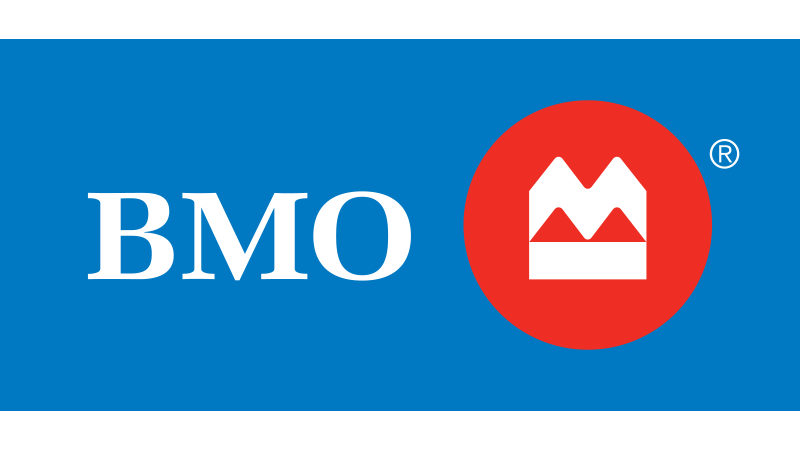Beyond ownership: Embracing collective influence in brand building
This is the second of five articles in the “Debunking brand myths” series from the CMA's Brand Council. The series explores the importance and influence of marketing and brand myths in today's business world.
In today’s dynamic landscape, it’s apparent that brand marketers need to change how they view brand ownership. Unlike what many believe, marketers don’t actually own the brands they create – and thinking otherwise can be extremely detrimental to a brand’s overall success.
Read on to hear why brand ownership needs to be reimagined, and what you can do to build the strongest brand possible.
Brand defined: Setting the record straight
What is a brand?
For starters, it’s not just a name, logo, colours and mission statement. The definition may have origins in this space, but this overlooks the fundamental role that consumers play in shaping a brand's identity.
A brand is something that extends beyond boardrooms to encompass the perceptions and experiences of the audience. It’s something that lives in people’s minds. So, at its core, branding is about building long-lasting relationships. It’s about fostering trust, loyalty and emotional connections that transcend the tangible.
Simply put, a brand is an aggregation of consumer perceptions – and as a result, it’s constantly evolving.
Realizations to help revaluate your role as a marketer
Brand marketers tend to be concerned about consistency, and as a result, can be terrified by the idea of “losing control” of a brand in-market. However, there are market realities that exist and need to be considered to help shape strategies.
Here are three important realities to remember:
- There are multiple voices at the table. Consumers aren’t merely passive recipients of brand messaging. They actively engage with brands and contribute to brand meaning through their interactions with others. Essentially, consumers co-create the brand through their purchasing decisions, advocacy and feedback.
- The landscape is constantly shifting. Brands are influenced by market trends, societal shifts and competitive changes, so they need to stay somewhat fluid to remain relevant in the eyes of consumers. Comparables and consumers’ willingness to pay is not a constant, but instead a moving target.
- People are introduced to a brand in different ways.
No one first introduction is the same as another. Different consumers will find the brand in different places and different ways. Consequently, they will form their own unique opinions of the brand.
Drawing parallels to parenthood
Another way to view brand ownership is to compare it to parenthood. Marketers don’t own their brands any more than a parent owns a child. Yes, it’s conceived and shaped internally – but the moment a brand is launched into the public, it no longer is only imprinted by an organization’s influence; there is an element of nature and nurture.
Just as parents guide their children, marketers must empower consumers to actively participate in the brand experience. By adopting a parental mindset, marketers can build stronger, more resilient brands that resonate deeply with their audience.
Actionable strategies for success
With the understanding that consumers play a significant role in a shared brand ownership, marketers should prioritize the following strategies to be successful:
- Empower and amplify consumer voices:
Actively engage and involve consumers in brand development processes to turn them into brand advocates. This could include co-creation initiatives, testimonials and influencer partnerships to ensure that the brand resonates best with its audience. - Build meaningful relationships:
Prioritize long-term brand strategies that foster trust and emotional connections, such as personalized messaging, community-building efforts and authentic storytelling that reflects the values and aspirations of the target audience. - Be transparent and authentic in your actions:
Strive to be transparent about the brand's origins, values and practices, addressing any concerns or questions from consumers openly and honestly. Consumers expect brands to align with their values and beliefs.
Summing it up
Brand ownership is a much more complex idea than many think. Moreover, the idea of ownership can feel antiquated and flat out wrong. By embracing a collective approach to influence, brand marketers can unlock new opportunities for growth, innovation and social impact.
Ultimately, it's not about who owns a brand, but rather, how brands can leverage their relationships to create value and meaning in the lives of their audience. Instead of fixating on ownership, brands should focus on stewardship, and embrace the workings of parenthood to responsibly manage and cultivate brand equity.
Read Part 1 here, and stay tuned for the next upcoming article in the series, “Brand value versus brand equity.”
Author:
Justin Haberman, VP, Client Services, Elemental






































